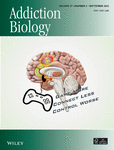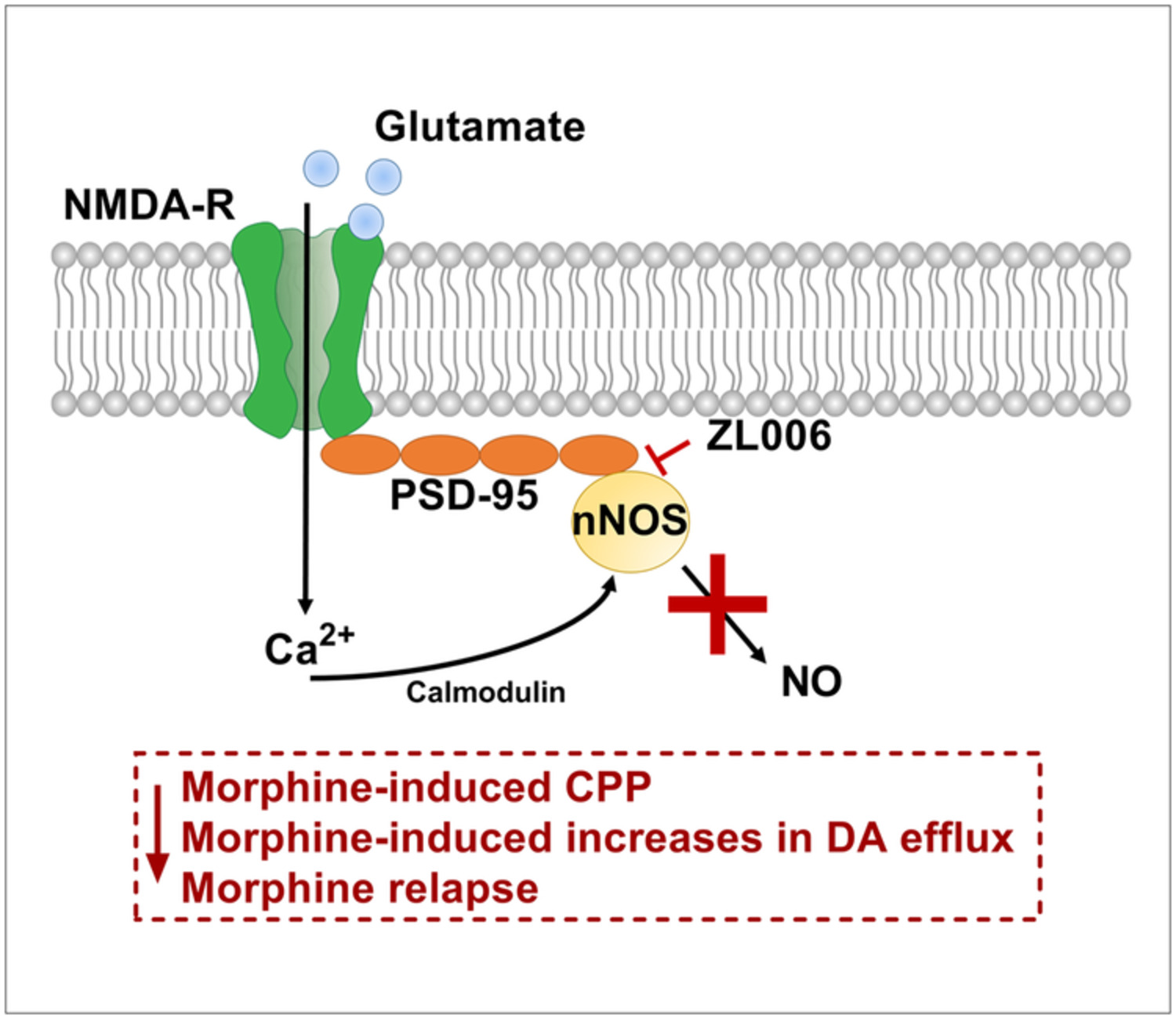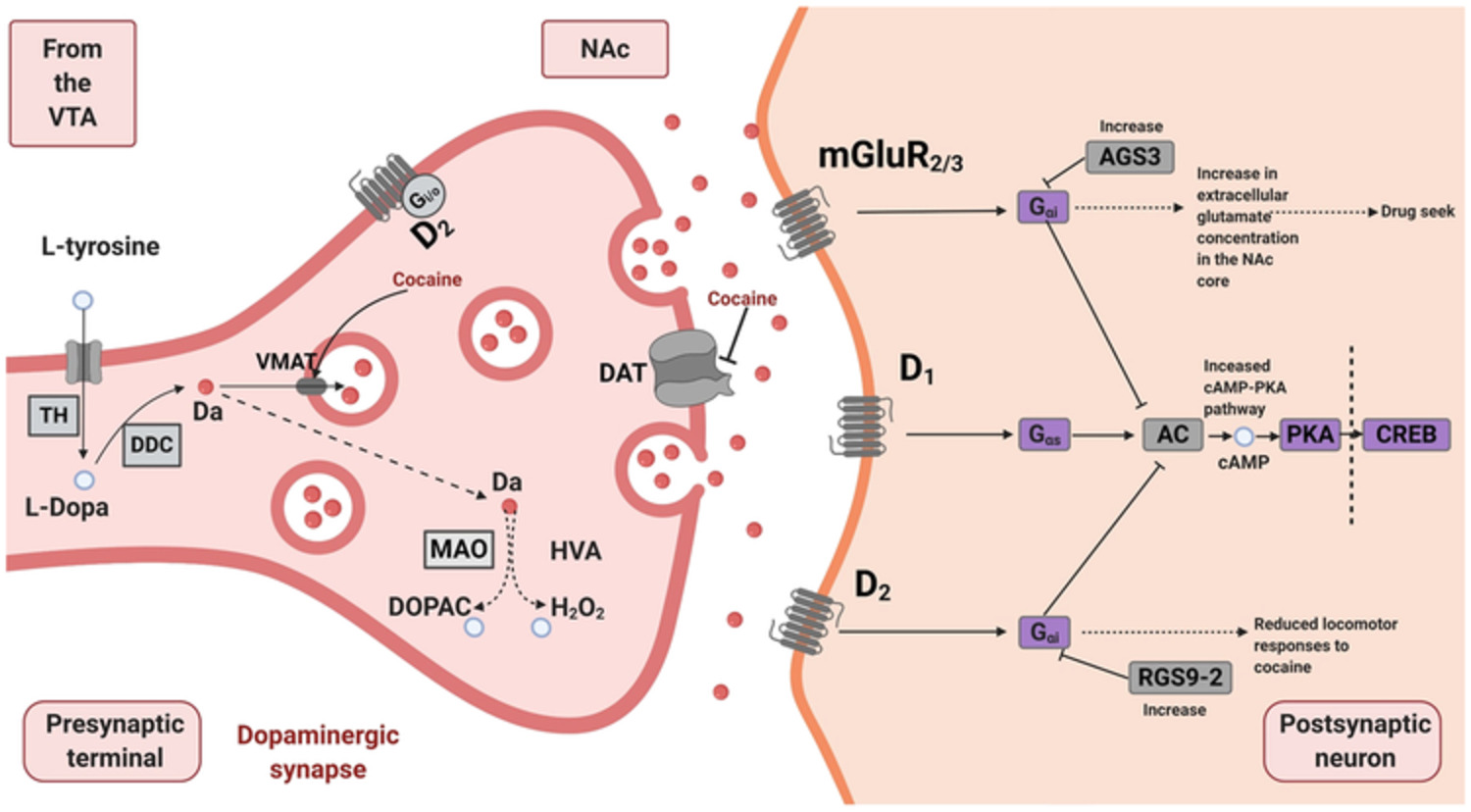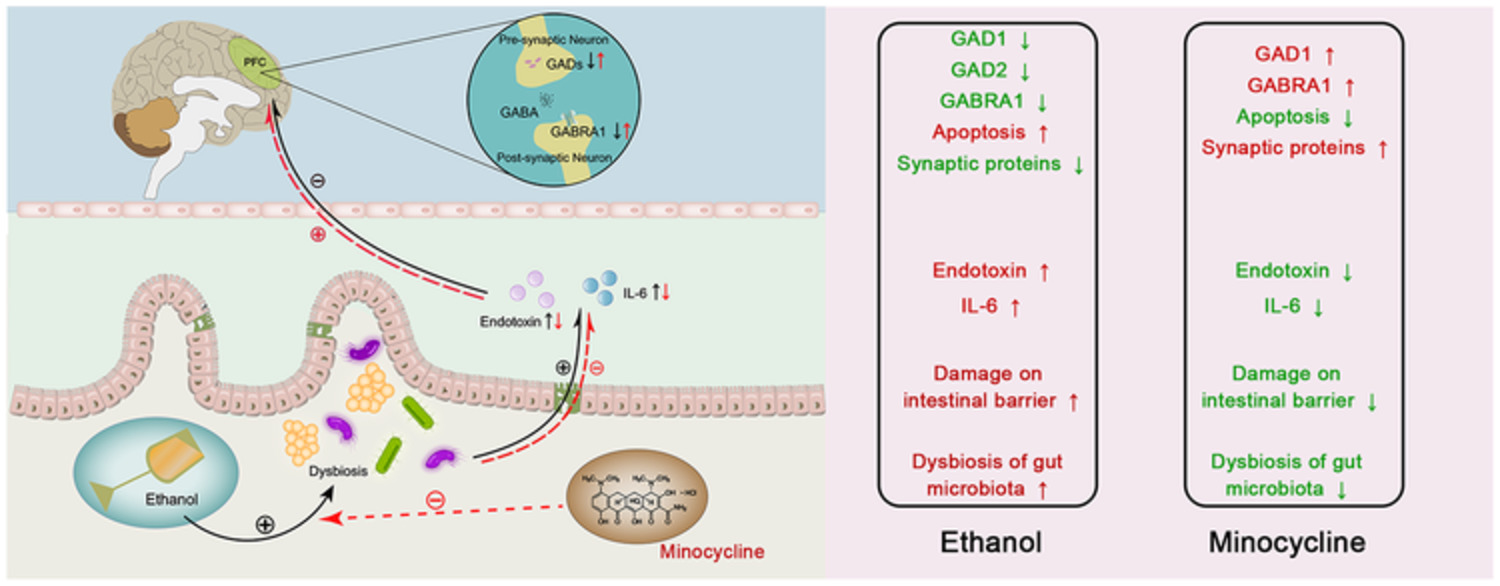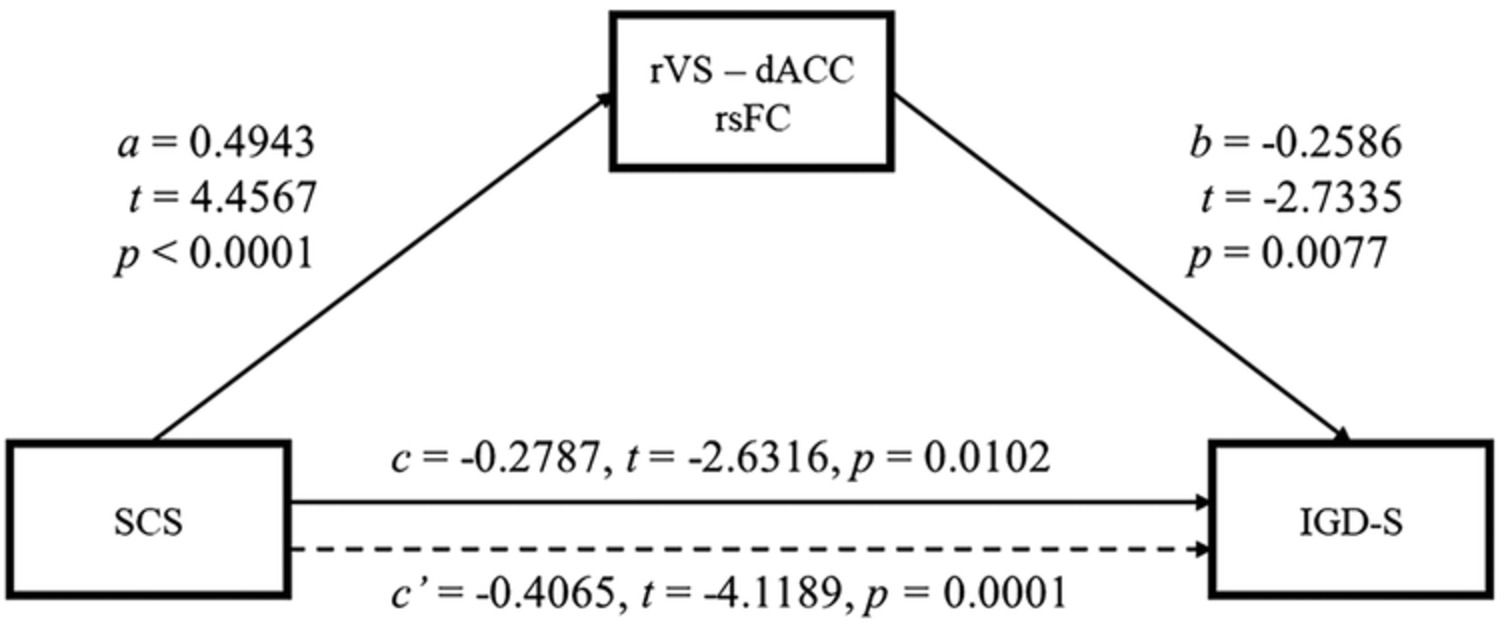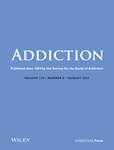Journal list menu
Export Citations
Download PDFs
COVER IMAGE
Cover Image
- First Published: 24 August 2022
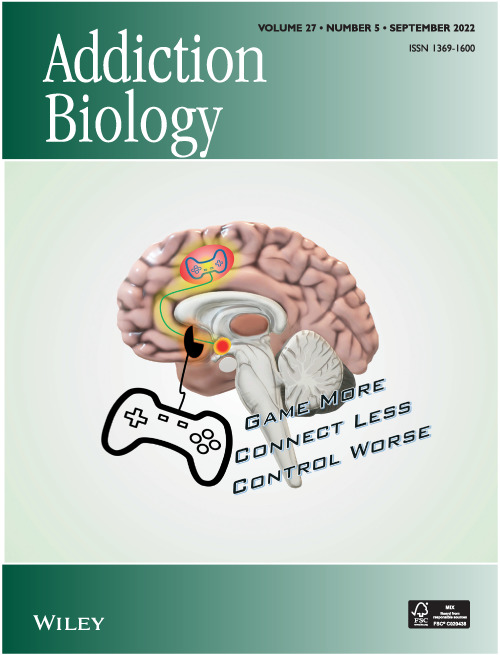
The cover image is based on the Original Article Self-control impacts symptoms defining Internet gaming disorder through dorsal anterior cingulate–ventral striatal pathway by Liangyu Gong et al., https://doi.org/10.1111/adb.13210.
ISSUE INFORMATION
ORIGINAL ARTICLES
Sodium acamprosate and calcium exert additive effects on nucleus accumbens dopamine in the rat
- First Published: 11 August 2022

By means of reversed in vivo microdialysis, regular acamprosate increases nucleus accumbens dopamine and taurine levels—an effect involving accumbal glycine receptors. The sodium salt of acamprosate also has dopamine and taurine elevating properties when administered in combination with calcium, which is demonstrated to be potentiated as compared with the drugs given alone. Hence, the elementary components of acamprosate may act through different mechanisms providing the pharmacological effect of the drug.
Midazolam, methamphetamine, morphine and nicotine intake in high-drinking-in-the-dark mice
- First Published: 09 August 2022

High drinking in the dark lines of mice (HDID-1 and HDID-2) and their founder line (HS/NPT) were tested for their willingness to consume several addictive drugs. No genotype differences were observed for methamphetamine (40 μg/ml) intake, but both HDID lines drank significantly more midazolam (150 μg/ml) than their founders. Further, HDID-2 mice, but not HDID-1 mice, consumed more morphine (700 μg/ml) and more nicotine across a range of concentrations than HS/NPT mice.
Pharmacokinetics, systemic toxicity, thermoregulation and acute behavioural effects of 25CN-NBOMe
- First Published: 04 August 2022

25CN-NBOMe readily passes the blood–brain barrier, and the substance was removed from the body at a relatively slow rate. The drug exhibits a moderate level of toxicity. Hypothermia was observed in single-housed rats, and the drug's behavioural effect was comparable with other NBOMes represented by inhibition of locomotor activity, increased anxiety and impaired sensorimotor gating. Created with a BioRender.com.
Peer-induced cocaine seeking in rats: Comparison to nonsocial stimuli and role of paraventricular hypothalamic oxytocin neurons
- First Published: 09 August 2022

A dual-compartment operant conditioning apparatus was used to train rats to self-administer cocaine using a peer as a discriminative stimulus. Following extinction, the cocaine-associated peer reinstated drug seeking, whereas the saline-associated peer did not. The reinstatement elicited by the cocaine-associated peer overshadowed the effect of the cue light conditioned stimulus activated by pressing on the active lev.
Effects of varenicline and bupropion on laboratory smoking outcomes: Meta-analysis of randomized, placebo-controlled human laboratory studies
- First Published: 04 August 2022

The current meta-analysis of human laboratory studies demonstrated that varenicline significantly reduced craving, withdrawal and behavioural indices of smoking relative to placebo. In contrast, results were inconclusive regarding bupropion's effects on craving, withdrawal and behavioural indices of smoking. Findings suggest the need to ensure laboratory protocols are designed to model the behavioural or contextual phenomena that might be critical for capturing relevant medication effects.
Effects of chronic cocaine and ethanol self-administration on brain dopamine receptors in a rhesus monkey model of polysubstance abuse
- First Published: 11 August 2022

Two groups of rhesus monkeys self-administered cocaine and drank either a solution that contained ethanol or a control solution. Positron emission tomography (PET imaging) and observable behaviour were used to track changes in brain dopamine D2 and D3 receptor function. Chronic ethanol drinking increased D3 receptor sensitivity while obscuring the effect of cocaine on D2 receptors.
Inhibition of PSD95-nNOS protein–protein interactions decreases morphine reward and relapse vulnerability in rats
- First Published: 11 August 2022
Betel quid: New insights into an ancient addiction
- First Published: 11 August 2022
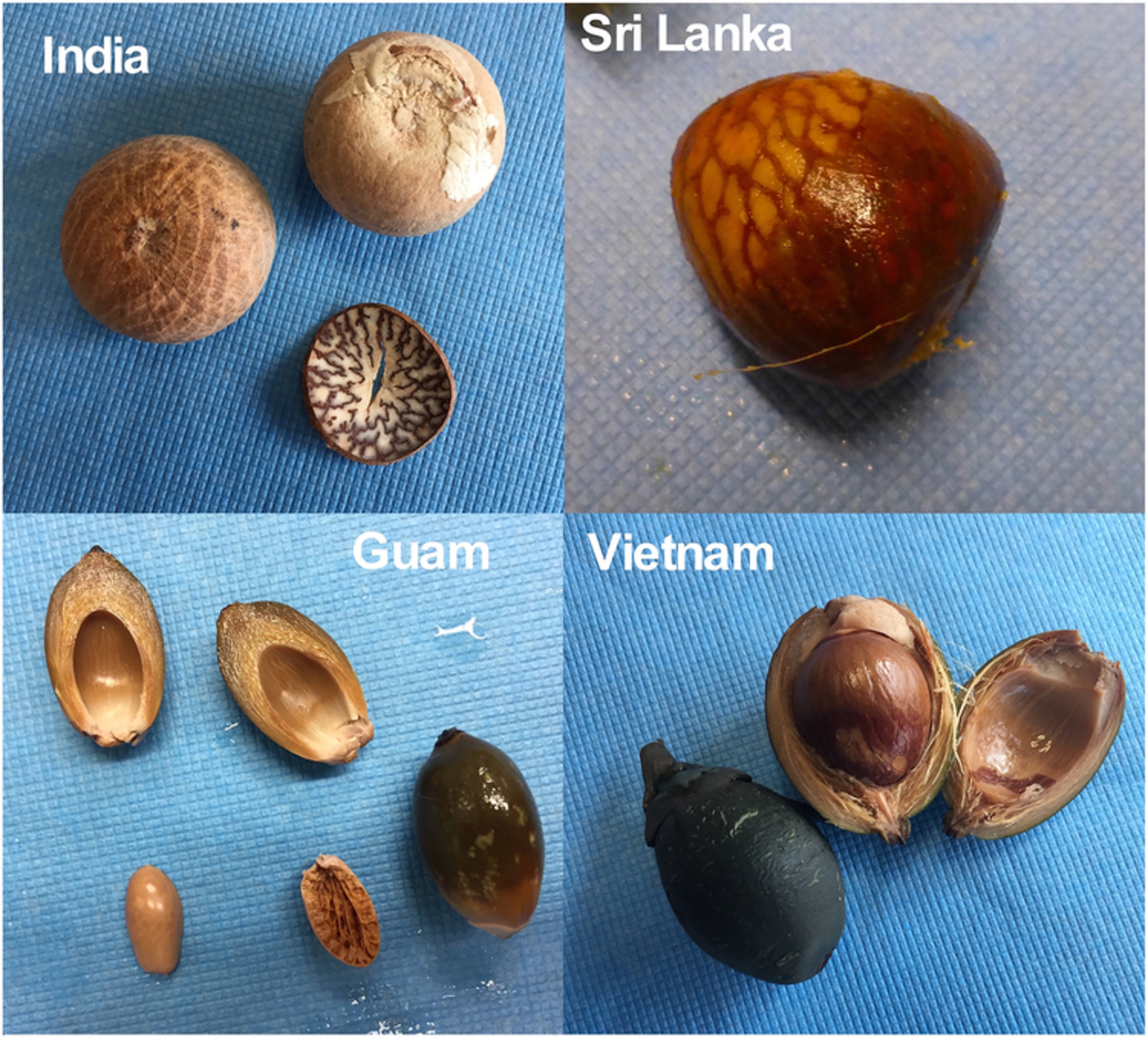
The use of areca nuts (areca) in the form of betel quids constitutes the fourth most common addiction in the world. Our data suggest that toxic elements of high molecular weight may contribute to the oral health liability of betel quid use, while two distinct low molecular weight components may provide elements of reward, and the nicotinic activity of arecoline contributes to the physical dependence of addiction.
Gonadal hormones and sex chromosome complement differentially contribute to ethanol intake, preference, and relapse-like behaviour in four core genotypes mice
- First Published: 03 August 2022

We used the four core genotypes (FCG) mouse model to investigate the influence of gonadal hormones and sex chromosome complement on EtOH drinking behaviours, including the alcohol deprivation effect. Escalated intake following repeated cycles of deprivation and re-exposure emerged only in XX mice (vs. XY). These results demonstrate that aspects of EtOH drinking behaviour may be independently regulated by sex hormones and chromosomes.
Abnormal resting-state effective connectivity in reward network among long-term male smokers
- First Published: 08 August 2022

This study revealed disrupted neural causal interactions among parts of the reward network associated with tobacco addiction. We found abnormalities within the mesocorticolimbic system and a top-down regulation disorder in the dopamine-dependent process of response inhibition and salience attribution among long-term smokers, which may facilitate the development of effective therapies in tobacco addiction.
Prenatal methadone exposure leads to long-term memory impairments and disruptions of dentate granule cell function in a sex-dependent manner
- First Published: 27 July 2022
Combined effects of quetiapine and opioids: A study of autopsy cases, drug users and sedation in rats
- First Published: 28 July 2022

We explored the combination of quetiapine and methadone or morphine using autopsy data, a survey of drug users and animal studies of sedation. Quetiapine was found with increasing frequency in fatal opioid poisonings over time and was used unauthorized by drug users. No additive effects of quetiapine and methadone or morphine were evident.
Differential resting-state neurophysiological activity associated with game usage patterns and genres in Internet gaming disorder
- First Published: 18 July 2022

We investigated differences in quantitative electroencephalogram (EEG) patterns associated with game usage patterns and genre among patients with Internet gaming disorder (IGD). Single game users showed increased absolute beta power in the frontal region compared with controls, which was associated with tendencies towards behavioural inhibition. Only first-person shooter (FPS) gamers showed increased delta power in the frontal region compared with controls, which was related to the severity of IGD.
The glucagon-like peptide-1 system is modulated by acute and chronic alcohol exposure: Findings from human laboratory experiments and a post-mortem brain study
- First Published: 19 July 2022

Here, we report the results of two studies investigating the effects of alcohol on different components of the glucagon-like peptide-1 (GLP-1) system in heavy-drinking individuals with alcohol use disorder (AUD). In the first study, alcohol administration was associated with an acute reduction in peripheral GLP-1 concentrations. In the second study, individuals with AUD, compared to controls, showed higher expression of the GLP-1 receptor gene in the brain (hippocampus and prefrontal cortex).
Cortical thickness and related depressive symptoms in early abstinence from chronic methamphetamine use
- First Published: 17 July 2022

Relative to controls, early-abstinent participants with methamphetamine use disorder exhibited widespread cortical thinning (p-values <0.001, lower p-values coloured brighter, n = 89 per group). Among participants with methamphetamine use disorder, depressive symptoms were positively correlated with cortical thickness across all significant clusters (β = 0.239, p = 0.030) and with thickness in the anterior cingulate cluster (β = 0.246, p = 0.027), suggesting that grey matter loss accompanies processes that promote cortical thickening and depressive symptoms.
Differential expression of miR-1249-3p and miR-34b-5p between vulnerable and resilient phenotypes of cocaine addiction
- First Published: 30 June 2022
The effects of acute alcohol administration on circulating endocannabinoid levels in humans
- First Published: 29 June 2022

In this study, we evaluated the effect of acute alcohol administration on circulating endocannabinoid levels in humans by analysing data from two highly-controlled alcohol administration experiments: a placebo-controlled intravenous clamping study and an intravenous alcohol self-administration study. During the intravenous clamping study, acute alcohol administration reduced circulating AEA but not 2-AG levels when compared to placebo. This finding was confirmed in the self-administration paradigm, where alcohol reduced AEA levels in an exposure-dependent manner.
How alcohol makes the epigenetic clock tick faster and the clock reversing effect of abstinence
- First Published: 30 June 2022

We found that ageing was accelerated by 3.64 years in alcohol use (AUD) disorder patients compared with the control group according to Levine's DNAm PhenoAge. Furthermore, in a second longitudinal sample, we found that abstaining AUD patients displayed a decrease in DNAm PhenoAge by 3.1 years, but we found an over proportional increase by 2.7 years in those who relapsed. These results confirm the age acceleration associated with AUD and provide the first evidence for a recovery of this effect upon abstinence from alcohol.
Chronic ethanol exposure induced anxiety-like behaviour by altering gut microbiota and GABA system
- First Published: 30 June 2022
Impaired social decision-making in males with methamphetamine use disorder
- First Published: 30 June 2022

We investigated the prosocial decision-making of individuals with methamphetamine use disorder (MUD). Participants made a series of choices between two pairs of monetary prizes for themselves and for others. In two studies, we consistently found that individuals with MUD made fewer prosocial choices than healthy individuals in disadvantageous contexts. The results of the computational model suggested that the lower prosociality of individuals with MUD in disadvantageous contexts could be attributed to the lower weight placed on others' benefits.
Compulsive-like eating of high-fat high-sugar food is associated with ‘addiction-like’ glutamatergic dysfunction in obesity prone rats
- First Published: 13 July 2022

Using the conditioned suppression of eating paradigm, we show that diet-induced obese (DIO) rats fail to reduce their kcal intake and latency to start eating in the presence of an aversive signal (cue light that previously signalled foot shocks). Eating despite negative consequences in DIO rats was accompanied by an increase in the addiction score and dysregulated glutamate in the nucleus accumbens (NAc).
Alcohol and cannabis co-use and longitudinal gray matter volumetric changes in early and late adolescence
- First Published: 12 July 2022

Mixed-effects modeling showed faster volumetric declines in the caudal middle frontal cortex, fusiform, inferior frontal, superior temporal (STG), and supramarginal (SMG) gyri, at −0.046 to −0.138 cm3/year in individuals with prior-year alcohol and cannabis co-use, but not those engaged in alcohol or cannabis use only. These findings cannot be explained by more severe alcohol use among co-users. Further, alcohol and cannabis co-use in early versus late adolescence predicted a faster volumetric decline in the STG and SMG across biological sex.
Self-control impacts symptoms defining Internet gaming disorder through dorsal anterior cingulate–ventral striatal pathway
- First Published: 12 July 2022
Alcohol's effects on the mouse brain are modulated by age and sex
- First Published: 12 July 2022

Sex and age may influence the brain's vulnerability to binge alcohol exposure. Here, we find that age and sex interact to influence alcohol-induced whole brain volume measures with adolescent female mice at heightened vulnerability compared to other groups of mice. The cerebellar and somatosensory cortices were affected, demonstrating that age and sex influence global and region brain volumes in mice.
PERSPECTIVE
Auricular transcutaneous vagus nerve stimulation for alcohol use disorder: A chance to improve treatment?
- First Published: 29 June 2022

Alcohol use disorder (AUD) is a relapsing–remitting condition characterized by excessive and/or continued alcohol consumption despite harmful consequences. New adjuvant tools, such as noninvasive brain stimulation techniques, might be helpful additions to conventional treatment approaches or maybe even provide an alternative option for patients who fail to adequately respond to other treatment options. Here, we discuss the potential use of auricular transcutaneous vagus nerve stimulation (atVNS) as an ADD-ON intervention in AUD.
ORIGINAL ARTICLES
Alterations in white matter microstructure in alcohol and alcohol-polydrug dependence: Associations with lifetime alcohol and nicotine exposure
- First Published: 18 July 2022

Alcohol-dependent participants showed lower fractional anisotropy (FA) within the corpus callosum compared with healthy controls. This change was negatively associated with lifetime alcohol and nicotine exposure, and there was no evidence of FA recovery despite prolonged abstinence. A group-by-age interaction was observed, whereby greater age-related reductions in FA were evident in AD participants, but no further reductions in FA were observed in alcohol-polysubstance relative to alcohol-only-dependent participants.




